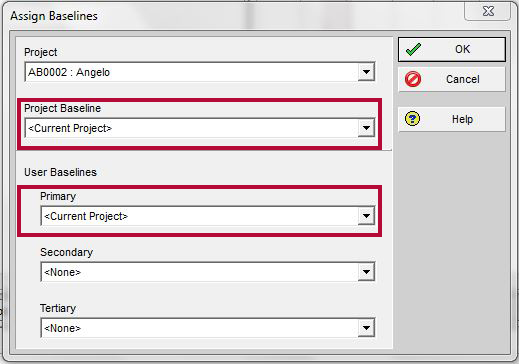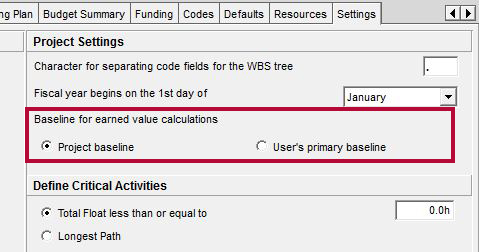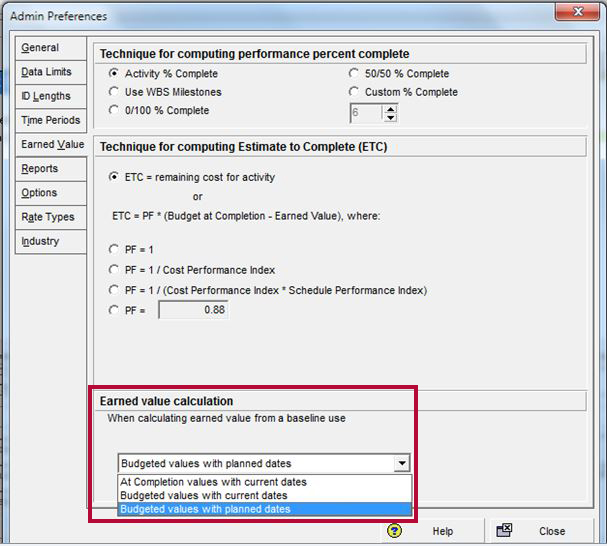A powerful scheduling function available in Oracle Primavera P6 is the capability to use Earned Value measurement techniques to measure project performance against cost and schedule.
As a scheduler or planner, calculating Earned Value within Primavera P6 allows you to monitor the project plan, actual work, and work completed value to see if a project is on track.
As a project manager it provides the ability to compare how much work has been completed against how much work you expect to be finished at a given point in time. Therefore, Earned Value provides schedulers and project managers with an objective way of measuring performance and predicting future outcomes.
In this post, we provide an overview of the Earned Value formulas and calculations used in Primavera P6 and explain how to use them.
How are performance values calculated?
In P6 Web, you can customise the workspace in the Projects tab to display the Project Performance based on: Schedule, Earned Value, or Index. Often we are asked “How are the performance values calculated for each of these settings?” The calculations are as follows:
Schedule
Schedule to Date = (Baseline Duration * Performance % Complete) – (Baseline Duration * Schedule % Complete)
Cost to Date = (Budget At Completion * Performance % Complete) – Actual Cost
Schedule At Completion = Remaining Finish Date – Baseline Finish Date
Cost At Completion = (Budget At Completion – Estimate At Completion)
Earned Value
Schedule to Date = (Earned Value – Planned Value)
Cost to Date = (Budget At Completion – Actual Cost)
Schedule At Completion = (Budget At Completion * Schedule Variance Index)
Cost At Completion = (Budget At Completion * Cost Variance Index)
Index
Schedule Performance Index (SPI) = Earned Value / Planned Value
Cost Performance Index (CPI) = Earned Value/Actual Cost
To Complete Performance Index (TCPI) = (Budget At Completion – Earned Value) / (Estimate At Completion – Actual Cost)
Calculating Earned Value from any current project
One of the first steps we need to understand is how the Earned Value is setup and calculated for any current project.
Step 1: Select Assign Baselines and ensure that <Current Project> is selected under either Project Baseline or User Baselines.

Step 2: From within your EPS, select the required project and switch to the settings tab. Specify the Baseline for Earned Value calculations as either the Project Baseline or the User’s primary baseline, depending on the options selected within the Assign Baselines dialogue box.
- Note: This may not be required if both Project Baseline and User Primary Baseline show <Current Project>.

Step 3: Go to the Admin tab, select Admin Preferences, then the Earned Value tab, and select the required Earned Value calculation.

When the Current project is the baseline, the Budgeted Value and Planned dates are always used. This setting is mainly used when another project is the baseline (or the current project when it is progressed and baselined). If another project is the baseline, the settings used are up to the user’s discretion.
Selecting “Budgeted Values” compared to “At Completion Values” specifies whether to use “Budgeted Cost” or “At Complete Cost” as the basis for Earned Value calculations.
Selecting “Planned Dates” compared to “Current Dates” specifies whether to use “Planned Start/Planned Finish” or “Start/Finish” for the activity as the dates from which to calculate Earned Value.
…JOIN PRESCIENCEADVANTAGE® PRIMAVERA SUPPORT
A PrescienceAdvantage® Primavera Support agreement is flexible, scalable and value driven. It offers functional and technical Oracle Primavera assistance, delivered remotely or on-site. Find out more about setting up a Support Agreement for your site, or call us on 1300 086 816.

